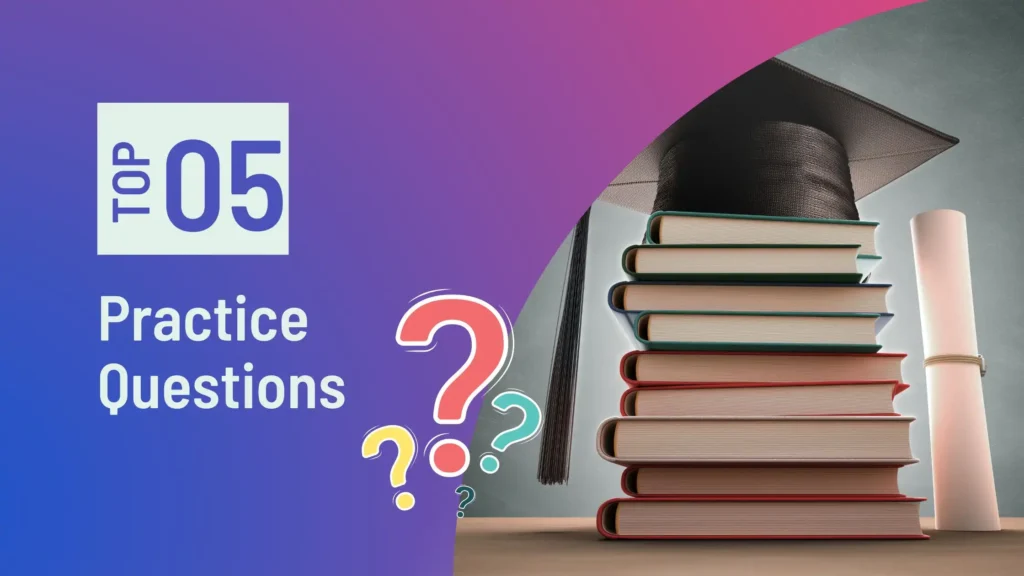Do you need suspense account practice questions? Here, I will give some practice questions, and you can find answers by just directly messaging at hira@accountingdrive.com.
First, just discuss a little bit about the suspense account.
Suspense Account Definition
A suspense account is a temporary holding account used in accounting to record transactions when the appropriate classification or destination is uncertain. It is essentially a “catch-all” account where transactions are temporarily recorded until they can be properly classified or reconciled.
Suspense Account Practice Questions
Question: 1
Hasham Enterprises’ trial balance from March 31, 2021, showed a major difference of $6,180. Following a ledger examination, the following errors were discovered:
- The sum of $720 was missing from one creditor’s account.
- An amount of $5,760 from furniture items had been wrongly charged to the repairs account.
- There was a $3,900 undercast on the cash account’s payments side.
- Instead of $15,084, the total on one page of the sales day book had been carried forward as $12,924.
- A customer’s debit note for $1,260 had been posted to the incorrect side of his account.
- Laku whose debts of $3,120 to the business had been written off, paid during the year. His account was credited but no corresponding entry was made.
Required:
- Prepare Journal entries to correct the errors.
- Write up the Suspense account.
Question: 2
On 31st December 2015, AZ Shining Co. found some errors in its trial balance and then carried the difference of that amount to the suspense account. Ongoing through the books you find that:
- Received $5,400 from Mr. A was wrongly debited to his account.
- Purchase return of $1,000 was posted to the debit side of the purchases account.
- $2,000 of the discount received was posted to the debit side of the discount account.
- Payment of $2,740 for motor car repairs was debited as $1,740 to the motor car account.
- A payment made to Mr. B $4,000 was debited to A’s account.
Required:
Prepare journal entries to rectify the above errors and present the suspense account.
Question: 3
On extracting a trial balance, the accountant of ETT discovered a suspense account with a debit balance of $1,075 included therein; she also found that the debits exceeded the credits by $957. She posted this difference to the suspense account and then investigated the situation. She discovered:
(1) A debit balance of $75 on the postage account had been incorrectly extracted from the list of balances as a $750 debit.
(2) A payment of $500 to a credit supplier, X, had been correctly entered in the cash book, but no entry had been made in the supplier’s account.
(3) When a motor vehicle had been purchased during the year the bookkeeper did not know what to do with the debit entry so he made the entry Dr. Suspense, Cr Bank $1,575.
(4) A credit balance of $81 in the sundry income account had been incorrectly extracted from the list of balances as a debit balance.
(5) A receipt of $5 from a credit customer, Y, had been correctly posted to his account but had been entered in the cash book as $625.
(6) The bookkeeper was not able to deal with the receipt of $500 from the owner’s own bank account, and he made the entry Dr. Bank and Cr Suspense.
(7) No entry has been made for a cheque of $120 received from a credit customer M.
(8) A receipt of $50 from a credit customer, N, had been entered into his account as $5 and into the cash book as $5.
Required:
What journals are required to correct the errors and eliminate the suspense account?
Question: 4
The bookkeeping system of Turner is not computerized, and on 30 September 20X8, the bookkeeper was unable to balance the trial balance. The trial balance totals were: Debit $1,796,100 Credit $1,852,817
Nevertheless, he proceeded to prepare draft financial statements, inserting the difference as a balancing figure in the statement of financial position. The draft statement of profit or loss showed a profit of $141,280 for the year ended 30 September 20X8.
He then opened a suspense account for the difference and began to check through the accounting records to find the difference. He found the following errors and omissions:
- $8,980 – the total of the sales returns book for September 20X8, had been credited to the purchases returns account.
- $9,600 paid for an item of plant purchased on 1 April 20X8 had been debited to the plant repairs account. The company depreciates its plant at 20% per annum on a straight-line basis, with proportional depreciation in the year of purchase.
- The cash discount totals for the month of September 20X8 had not been posted to the general ledger accounts. The figures were: Discount allowed $836 Discount received $919. For discounts allowed, it was not anticipated that these customers would take advantage of these cash discounts when the invoices were first issued.
- $580 insurance prepaid on 30 September 20X7 had not been brought down as an opening balance.
- The balance of $38,260 on the telephone expense account had been omitted from the trial balance.
- A car held as a non-current asset had been sold during the year for $4,800. The proceeds of the sale were entered into the cash book but had been credited to the sales account in the general ledger. The original cost of the car $12,000, and the accumulated depreciation to date $8,000, were included in the motor vehicles account and the accumulated depreciation account. The company depreciates motor vehicles at 25% per annum on a straight-line basis with proportionate depreciation in the year of purchase but none in the year of sale.
Required:
(a) Open a suspense account for the difference between the trial balance totals.
(b) Prepare the journal entries necessary to correct the errors and eliminate the balance on the suspense account. Narratives are not required.
Question: 5
Here, the trial balance balances are not equal:
Upon further investigation, you find that a purchase of machinery of $7,000 had been debited to the machinery account but no other entries had been made.
| Debit | Credit |
Revenue |
| $64,000 |
Purchases | $19,000 |
|
Expenses | 15,000 |
|
Capital |
| 25,000 |
Machinery | 50,000 |
|
Trade payables |
| 8,000 |
Trade receivables | 11,000 |
|
Cash | 9,000 |
|
Total | 104,000 | 97,000 |
Answers
To get the answers to these questions just message at hira@accountingdrive.com.

